Like art, colours play an important role in jewellery making. But unlike art, incorporating colours in high jewellery is not as easy as brands like Bulgari have made it out to look.
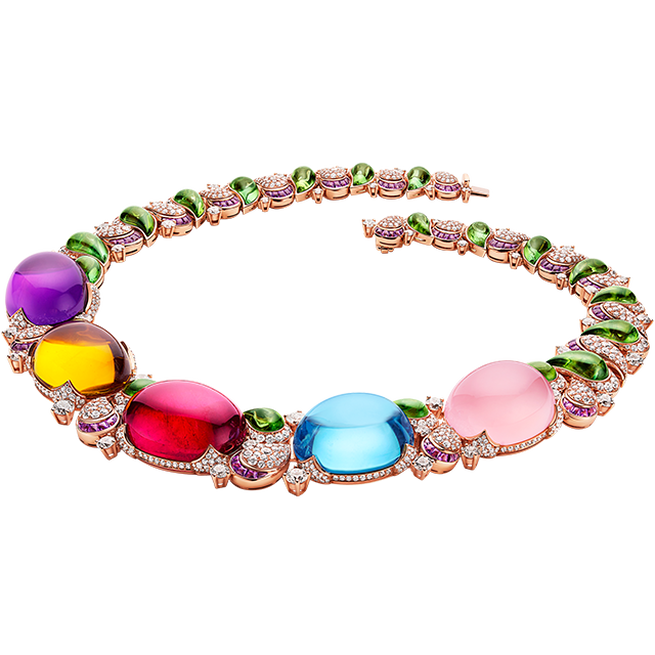
The primary source of colours in jewellery is gemstones, but unless you’re glueing them on top of each other or somehow stringing them along, there has to be some form of metal included in the piece. This is where metals like palladium, gold, silver, platinum, titanium and tungsten come in. Combining them with gemstones like diamonds, amethyst, tanzanite, emeralds and malachite to create fine jewellery pieces that do not look tacky is a highly skilled art, one that Bulgari has clearly perfected over the years.
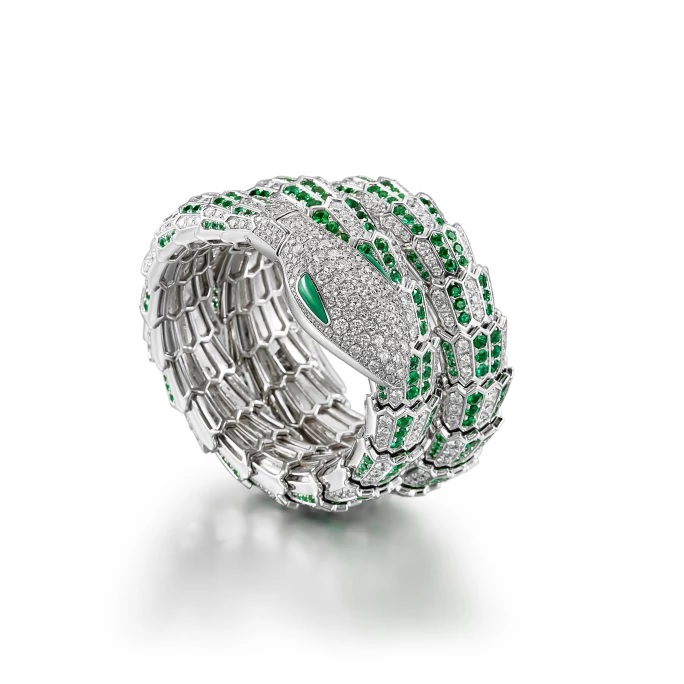
Bulgari, like many other premium jewellery houses, started to really use colourful gemstones in the 1950s. However, it was a late entrant into this trend, considering the fact that Maisons like Cartier had already started experimenting with coloured high jewellery pieces in the 1920s which was when it debuted its signature ‘Tutti Frutti’ style. At around the time it started employing coloured stones in its designs, Bulgari perfected and launched its unique cabochon cut. This signature cut allowed it to render the gemstone fully smooth and curved, resembling one half of a ball or oval, a style that brings to mind the stately domes that mark Rome’s skyline.
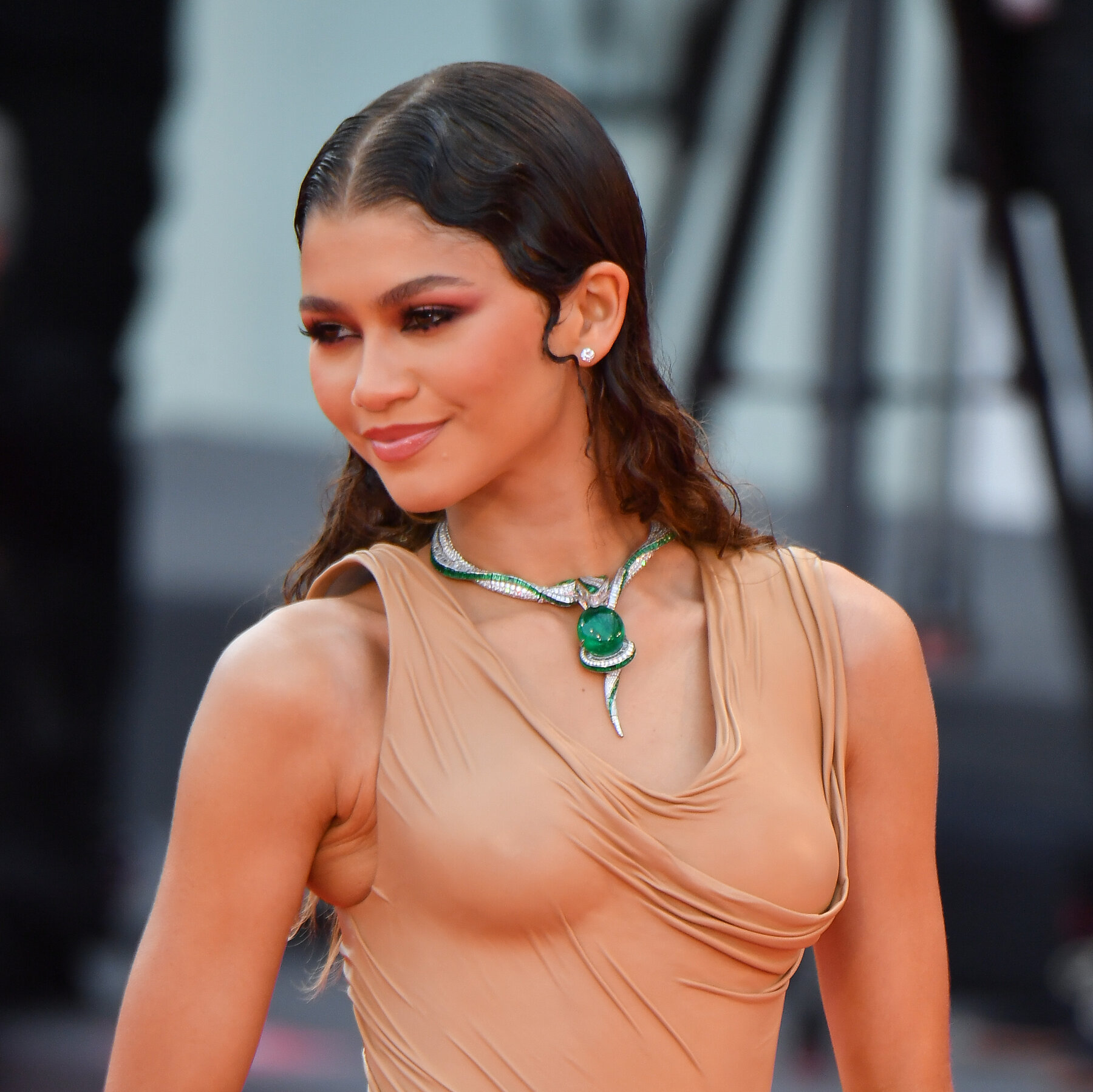
The colours in Bulgari’s high jewellery collections come from gemstones such as emeralds, rubies and sapphires, and also from lesser-known but just as intriguing stones such as rubellites, chalcedony and Paraiba tourmalines. However, emerald appears to be the stone most associated with the brand, with celebrities like Elizabeth Taylor making pieces constructed with this particular gemstone popular.
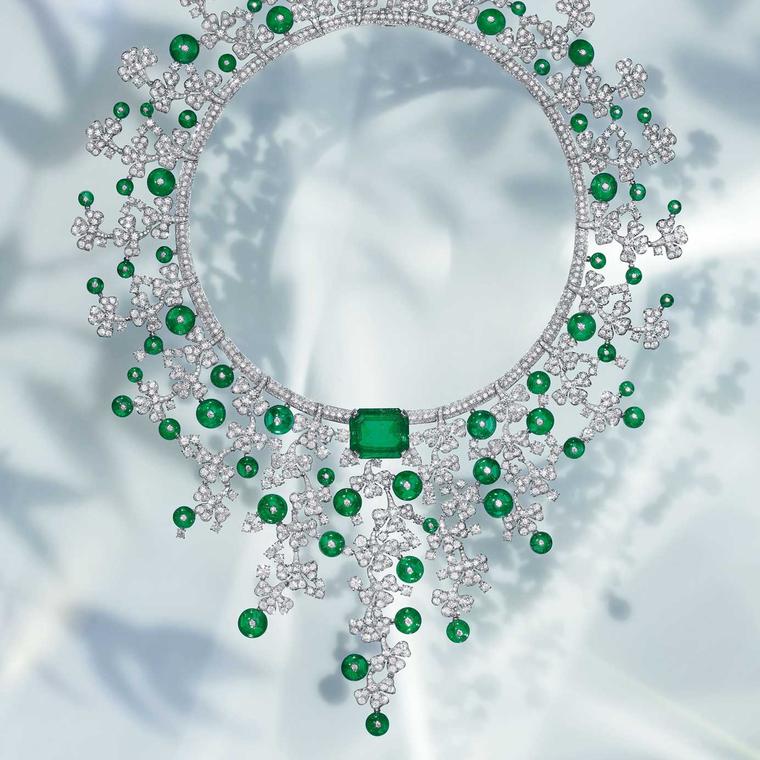
Bulgari’s magic with emeralds was even captured in a documentary. Titled Inside the Dream, the movie charts the entire journey of how the Magnifica Hypnotic Emerald necklace was created — from the beginning when it was a sketch to the end when actress Zendaya wore it to the premiere of Dune at the 2021 Venice International Film Festival. Part of the Magnifica high jewellery collection that was unveiled the same year, the necklace features a 93.83-carat emerald from Jaipur, India, in the house’s signature cabochon cut. It resembles a snake and is set with diamonds and emeralds, perhaps as a homage to the Serpenti line, with the star emerald nestled between the head and tail of the snake.
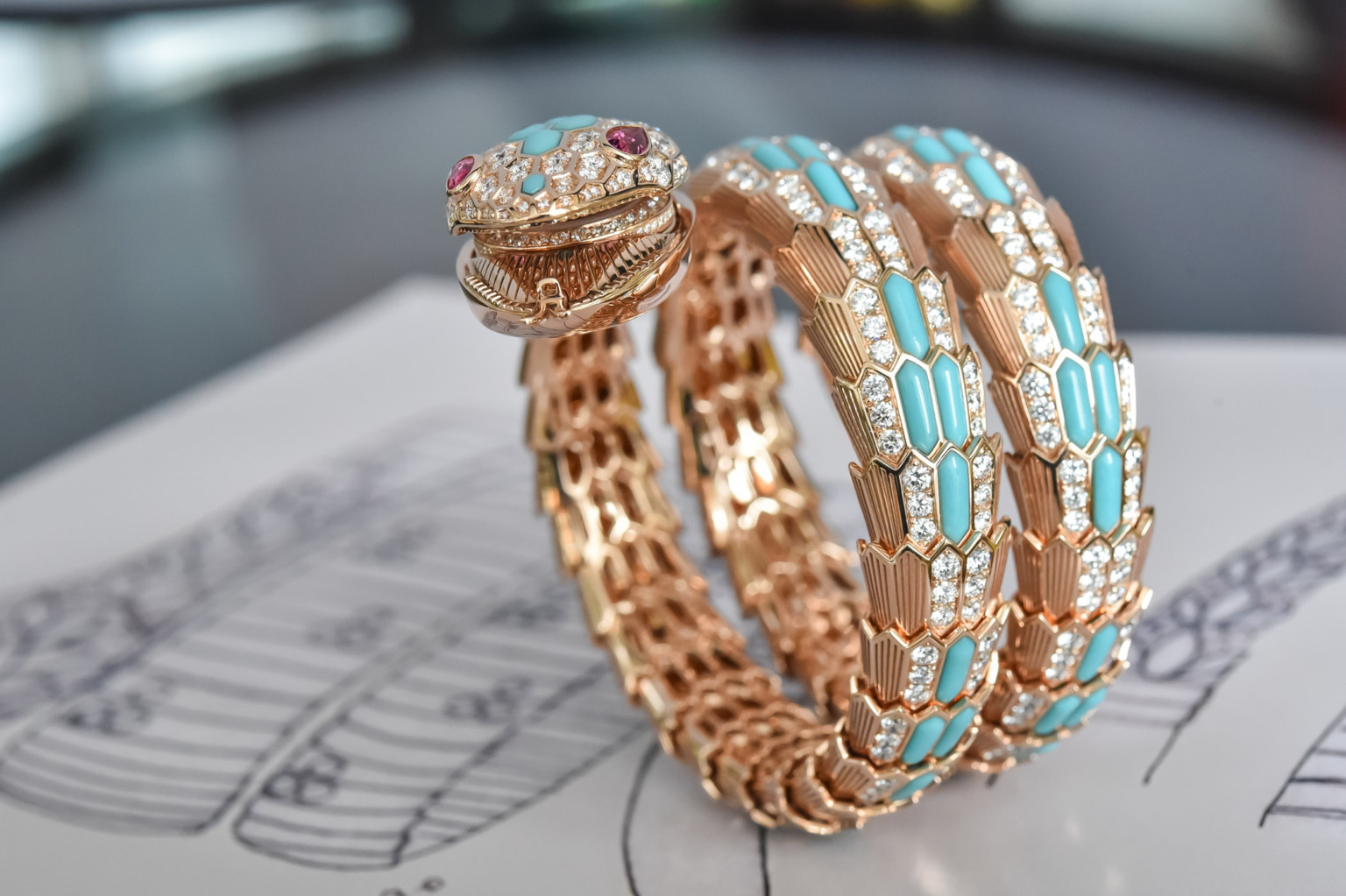
Bulgari also developed expertise in using turquoise inlays, a particularly impressive technique when used for the above Serpenti creation, as each piece of turquoise has to be consistent in colour and tone and cut precisely to fit each of the scales that make up the Serpenti body. The striking blue hue of the turquoise inlays makes for an effective counterpart to the sparkling white diamonds.
Then there are the tradition-defying Serpenti pieces that feature gemstones that were cut and polished into beads, instead of the tubogas coil from the very first Serpenti pieces, or the intricate scales from the later designs. One such design has more than 300 carats of rubellite beads, with each bead cut and polished till glossy and consistent in colour – further proof of Bulgari’s expert craftsmanship with gemstones. Another one features chalcedony beads, with the light pastel blue of the chalcedony matched with red tourmaline beads and amethyst beads.
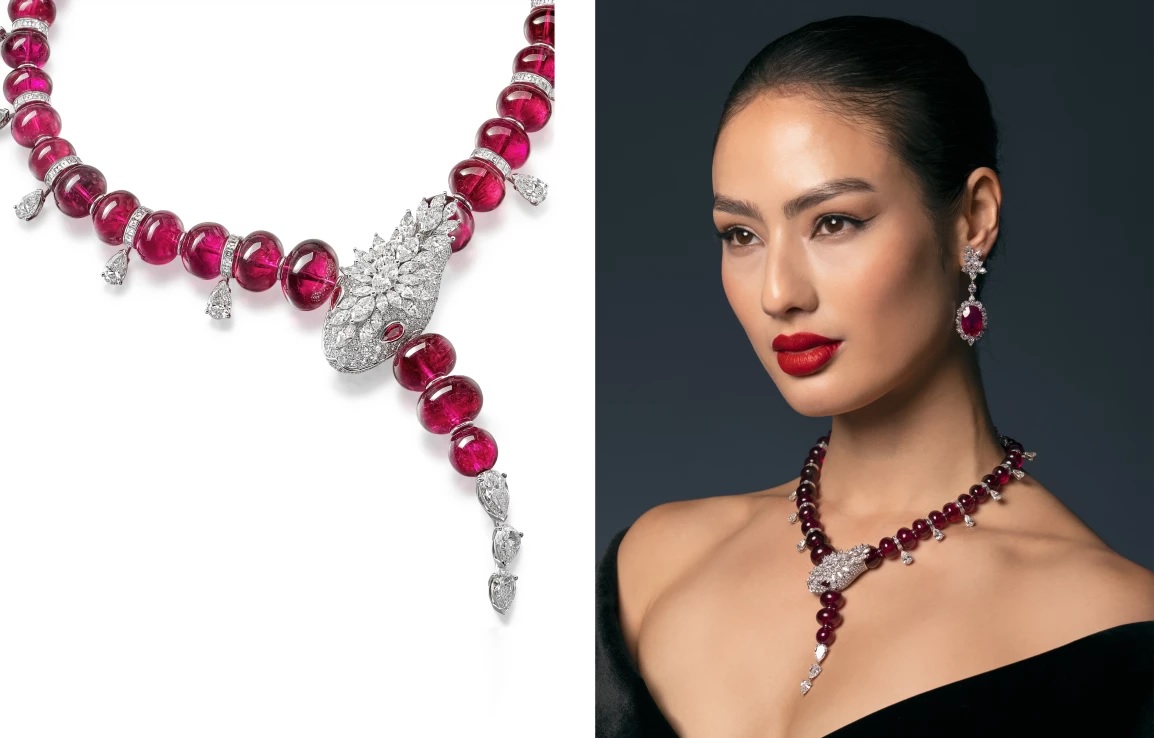
Bulgari’s last high jewellery collection was Eden, the Garden of Wonders. Again, colourful gemstones made an appearance in skillfully-constructed jewellery pieces like the Mediterranean Reverie necklace with a 107.15-carat cushion-cut Sri Lankan sapphire at the centre; the Giardino dell’Eden Tourbillon cuff timepiece whose 6,500 gemstones includes Paraiba tourmalines, emeralds, opals and rubies, and, the Emerald Venus necklace which gets its inspiration from the Capelvenere, a Mediterranean fern. Its diamond branches set with glossy emerald beads surround a 20-carat Colombian octagonal-cut emerald.
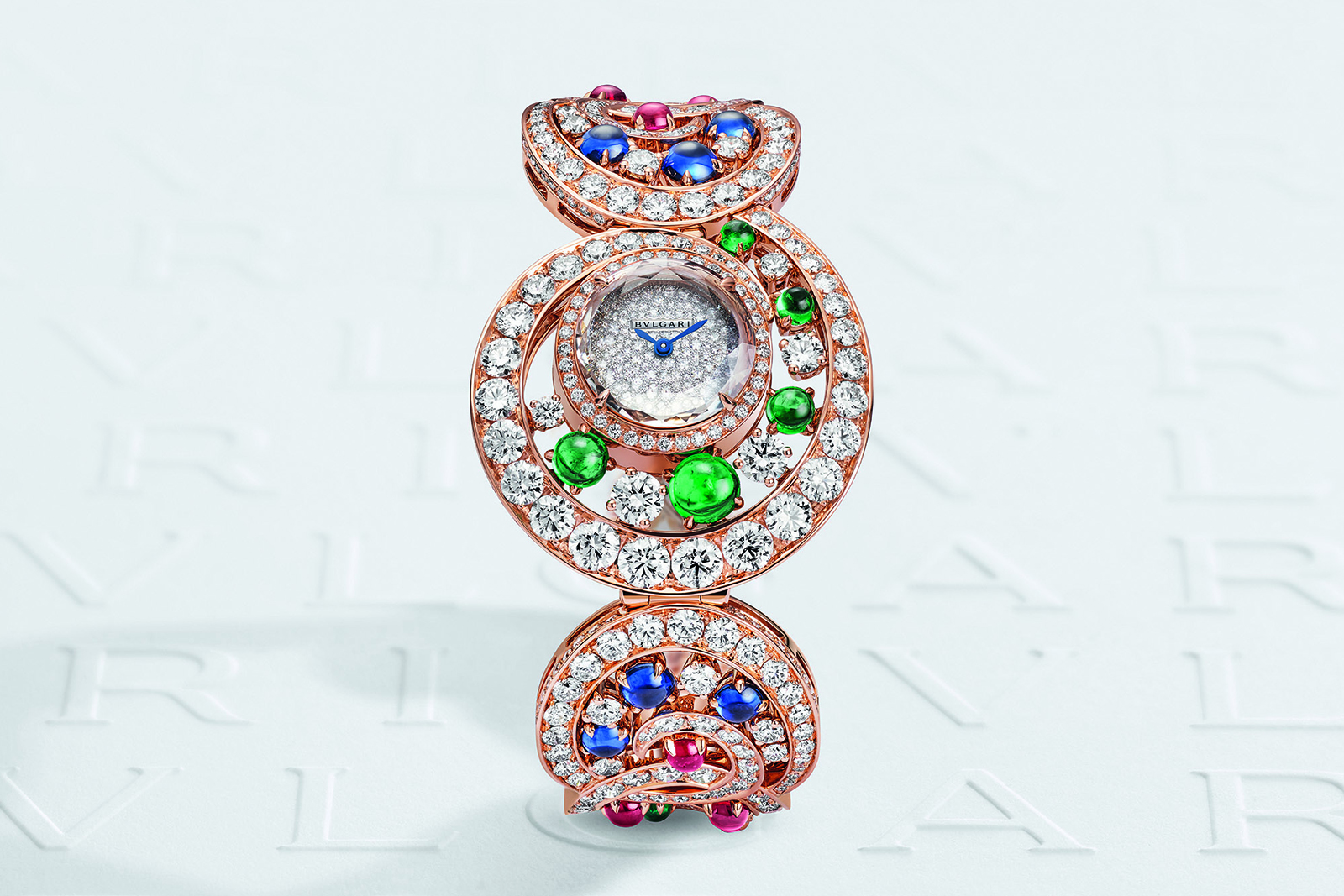
The jewellery Maison may yet drop another high jewellery collection this year and while there are no details on what it may be, here’s one thing that is almost certain: it will be just as colourful, intricate, beautiful and skillfully put together as its predecessors.
Source: Sotheby’s
